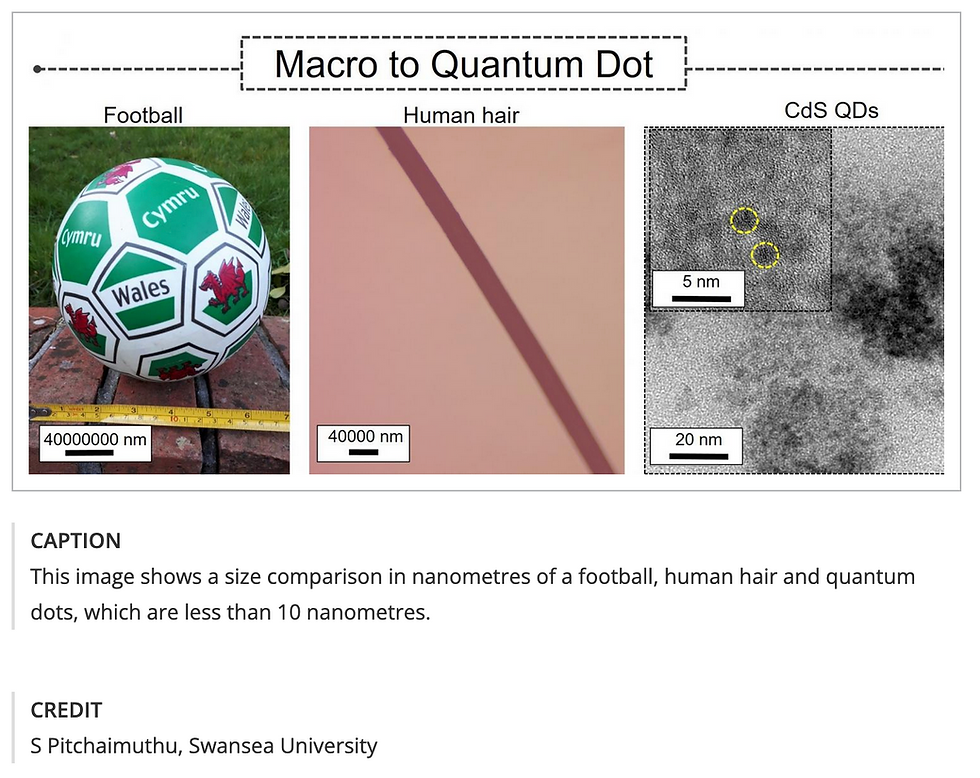What is PPM?
- Eric Ritter

- Jan 4, 2024
- 2 min read
PPM or Parts Per Million is a term used to define tiny amounts of material within other material.
1 part per million is 1/1,000,000 while 1000ppm is 1000/1,000,000 when we are thinking about paint its helpful to think of it in terms of milligrams per kilogram, since 1Kg is 1,000,000 Mg. So 1000 PPM is 1000 Milligrams per Kilogram.
However PPM could also define how much something is of volume, or even something like grains of rice. For example 1000 red grains of rice out of 1,000,000 is 1000PPM
Its a great way to measure tiny amounts, for example the limit in modern paint is 90 parts per million lead, this can be determined by a weighted sample, being digested with acid in a beaker and then run through a laboratory machine which will visualize to the computers hardware the amount of lead that is present in the sample.

Parts Per Million gives us an easy rubric which we can understand levels of contamination, for example,
In 1978 the Consumer Product Safety Commission (CPSC) banned the use of lead paint with more than 600 PPM lead by weight in residential properties and on products marketed for children.
In 2008 this rule was strengthened when the limit was lowered to 90 by the Consumer Product Safety Improvement Act (CPSIA): This act lowered the limit for lead in children's products to 0.009% (90 PPM) by weight.
These are relatively recent updates, 2008 seems like yesterday.
This shows how difficult it is to get lead out of commerce! Lead Containing paints could have been sold in the US legally up until 2008- its no wonder the EPA limit wont budge down from 5000 Parts per million.
I don't want to be alarmist, modern paints that are not deteriorating and aren't being sanded or ingested are not nearly the threat that old lead based paint is. However any lead that adds to our "lead burden" is bad, as lead can contribute to hypertension leading to death in adults and obviously the permanent brain effects in children.
be safe out there

Comments